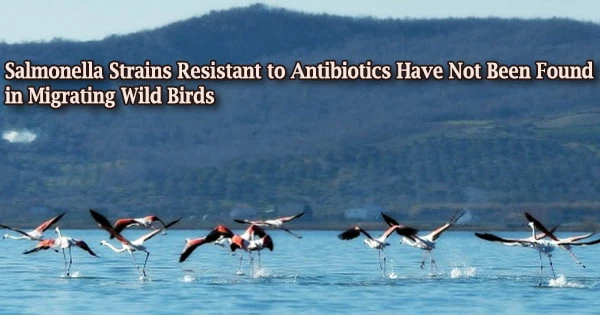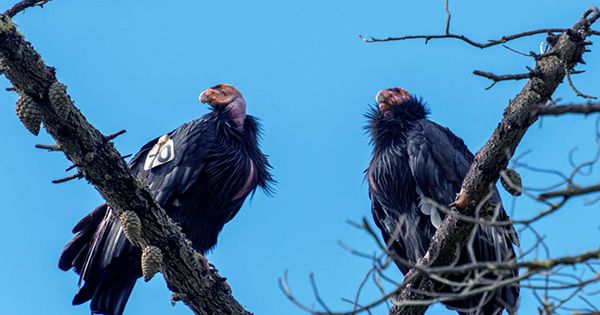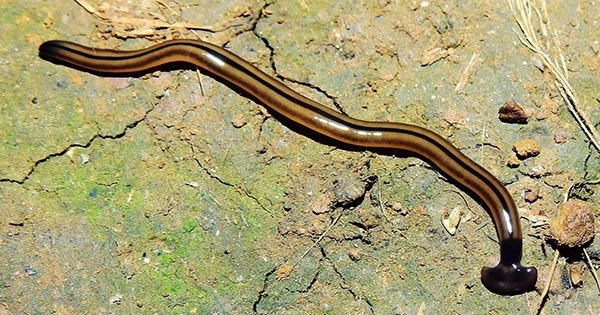According to Penn State researchers who headed a team performing a new, nationwide investigation, despite the fact that many wild birds carry Salmonella, the germs they transmit usually do not carry antimicrobial-resistance genes.
That’s good news, according to team leader Ed Dudley, professor of food science, Penn State.
“While we’ve known for a while that wild birds can carry Salmonella, the strains they carry appear to be of lesser concern to human health,” he said. “The assumption was that these Salmonella like the bacteria we can isolate from domesticated farm animals would carry large numbers of antimicrobial-resistance genes. We found the opposite to be true.”
According to Dudley, wild birds are known to be common reservoirs of Salmonella enterica, a pathogen that sickens millions of people each year. Scientists have been concerned that wild birds carrying antimicrobial-resistant Salmonella enterica pose a risk to public health because they can spread the resistant bacteria across large areas in a short amount of time. According to this study, wild birds are not key reservoirs of resistant Salmonella enterica strains.
Researchers used whole-genome sequencing to investigate bacterial resistance to medicines and heavy metals in 375 Salmonella enterica strains collected from wild birds in 41 U.S. states between 1978 and 2019.
The research, led by Yezhi Fu, a postdoctoral researcher in Dudley’s research group at the College of Agricultural Sciences, resolves key issues concerning the function of migrating birds in disease transmission to people.
The researchers discovered that Typhimurium was the most common Salmonella enterica strain, accounting for 68 percent of the bird isolates, according to a study published in Environmental Microbiology.
However, only about 2% of those isolates were found to be multi-antimicrobial resistance or heavy metal resistant. All of the multi-resistant Salmonella enterica strains were found in water birds or raptors; none were found in songbirds.
While we’ve known for a while that wild birds can carry Salmonella, the strains they carry appear to be of lesser concern to human health. The assumption was that these Salmonella like the bacteria we can isolate from domesticated farm animals would carry large numbers of antimicrobial-resistance genes. We found the opposite to be true.
Ed Dudley
The isolates used in the study come from a U.S. Geological Survey lab called the National Wildlife Health Center. Dudley’s research group has been a part of the US Food and Drug Administration’s Genome Tracker program since 2016, resulting in the government relationship.
The main purpose of that program, he explained, is to learn how to harness the increasingly strong ability to sequence bacterial genomes to learn more about food-borne illnesses like Salmonella.
“We worked with the National Wildlife Health Center because it has this genetically amazing collection of Salmonella isolates collected over more than 40 years from sick migratory birds,” he said. “It is an opportunistic collection for us, and somebody just needed to analyze it. It yielded information we couldn’t have gotten anywhere else.”
Dudley’s study team continued to look into the federal collection of wild bird Salmonella isolates, and they discovered a few more things. They found that certain Salmonella strains were linked to distinct hosts in the journal Applied and Environmental Microbiology.
After sequencing 131 Salmonella Typhimurium isolates from wild birds collected in 30 states, researchers discovered that songbirds and waterbirds were likely to carry the same strains, whereas gulls and terns carried unique, independent lineages of the bacteria.
Salmonella Typhimurium may have evolved among wild birds in the United States, according to the study.
“We also showed that lineages formed by wild bird isolates differed from most isolates originating from domestic animal sources,” Dudley said.
“And by using a machine learning classifier, we were able to attribute Typhimurium genomes to various groups of wild birds. That’s important because identifying host-adapted genomic datasets can improve source prediction and facilitate future disease outbreak investigation.”
According to Dudley, a third paper brought an international dimension to the research. The researchers revealed in Microbial Genomics that they discovered evidence of similar ancestry and evolution of the Salmonella enterica strain Typhimurium in songbirds in the United Kingdom and the United States, likely as a result of millennia of bird migration.
Salmonella strains have been transferred throughout the globe, according to the researchers, who studied publically available records from the United Kingdom, Australia, and New Zealand. According to Dudley, the research on wild, migrating birds can help with modern-day disease investigations.
“To find what antibiotics a particular Salmonella strain is resistant to, we don’t have to run the traditional lab-based tests anymore where you grow it on some type of media, expose it to antibiotics, and it either grows or it doesn’t,” he said.
“Now, we can sequence the entire genome, and by identifying certain gene markers, we can predict with almost perfect precision what antibiotics the organism will be resistant to.”
The U.S. Food and Drug Administration and the U.S. Department of Agriculture supported the study.
















